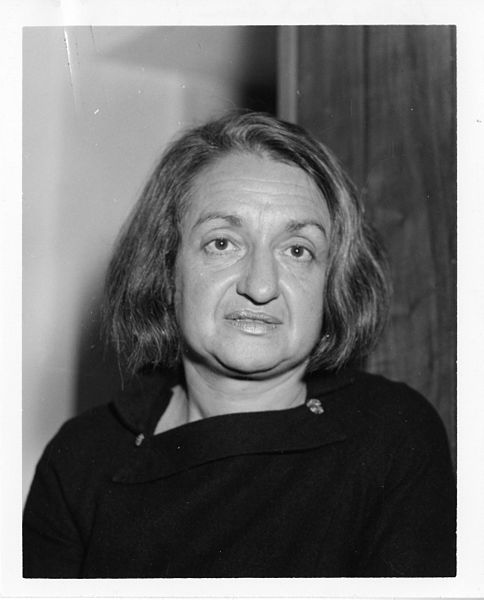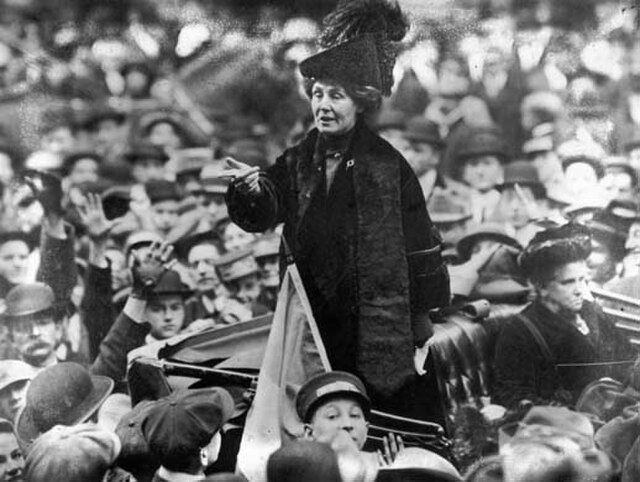Second-wave feminism was a period of feminist activity that began in the early 1960s and lasted roughly two decades, ending with the feminist sex wars in the early 1980s and being replaced by third-wave feminism in the early 1990s. It occurred throughout the Western world and aimed to increase women's equality by building on the feminist gains of the late 19th and early 20th centuries.
Second-wave feminism
American Association of University Women members with President John F. Kennedy as he signs the Equal Pay Act into law in 1963
Alice Paul wrote the Equal Rights Amendment, whose passage became an unachieved goal of the feminist movement in the 1970s.
Betty Friedan published The Feminine Mystique in 1963
Feminism is a range of socio-political movements and ideologies that aim to define and establish the political, economic, personal, and social equality of the sexes. Feminism holds the position that modern societies are patriarchal—they prioritize the male point of view—and that women are treated unjustly in these societies. Efforts to change this include fighting against gender stereotypes and improving educational, professional, and interpersonal opportunities and outcomes for women.
Feminist suffrage parade, New York City, 1912
Charlotte Perkins Gilman wrote about feminism for the Atlanta Constitution, 10 December 1916.
After selling her home, Emmeline Pankhurst, pictured in New York City in 1913, travelled constantly, giving speeches throughout Britain and the United States.
Louise Weiss along with other Parisian suffragettes in 1935. The newspaper headline reads "The Frenchwoman Must Vote".








